Everything you need to know about how to bottle feed a calf List of supplies, a helpful video, and how to do it so you can feel confident raising a calf!
It’s Farm Tip Friday! I mostly post recipes and cooking tips, but we also live on a hobby farm and I love sharing what we do and how we do it for those who may be interested in learning more. Today we are talking about how to bottle feed a calf.
We have a jersey bull calf that is 8 weeks old and when we first got him, he was being fed out of a bottle. Now he is bucket trained {I’ll write you a post on that too!} but I thought I’d share how to bottle feed a calf in case you need help or have questions!
Once a calf learns how to suck on the bottle, feeding them is really pretty simple. A healthy calf should get right up to eat and be very excited and insistent about sucking on the bottle. Their natural instinct will be to head-butt the bottle {and consequently, head-butt you}. This is because when a calf, or any livestock animal, nurses from it’s mother, head-butting the udder helps to stimulate milk-let down. “Milk-let down” means that the mother’s body is sent a hormonal signal {stimulated by suckling and head-butting} to release the milk she has been creating and storing. If you’ve ever nursed a child, you’ve probably experienced a “filling” or “tightening” feeling soon after the child begins to suck, that’s the same thing – milk let down! Tail wagging is also a natural instinct as calves suck, and it’s adorable.
Here are the supplies we have, there aren’t too many you’ll need:
- 2 quart calf bottle.
- Calf bottle nipple, I like the screw on tops but can’t ever find them so the pop tops work just fine too.
- Warm water.
- Milk replacer – the kind you get needs to be specifically for calves, I recommend going with what they were being fed before you purchased them to avoid any diet changes. If you’d like to switch types, start with what they were being fed previously and make the change very gradually. Also, be prepared to drop a pretty penny on this.
- Container to measure and mix the water and replacer in, I picked up a graduated mixing container with a handle and pour spout form my local feed store that I love.
- Whisk.
- Steady hands or a bottle holder. The holders I purchased didn’t work well, so we ended up just holding the bottle.
Calves are typically fed 2 or 3 times a day, 2 quarts per feeding is typical if you’re doing it twice daily. All the measurements between the bottle, the mixing vessel, and the replacer bag will probably be different. To simplify it for you, 2 quarts = half a gallon = 64 ounces. The milk replacer you purchase will have instructions on it for how to make the correct mix. Make sure you mix it right! You should space the feedings about 12 hours apart, and keep the time pretty consistent. If you are late or early here or there it’s fine but generally try to stick with the same times and if you want to change the time of feeding, do so gradually over a few days.
It is very important that you do not overfeed your calf. Calves are like dogs – they will eat until they are sick. I know the calf will look skinny at first. I know the calf will seem hungry every time is sees you. But really, feed the recommended amount and don’t feel bad. Calves are sensitive and get sick easily, this can happen very quickly through over-feeding.
We fed twice daily and supplemented with the electrolyte solution in the middle of the day for the first 2 weeks {also because our calf got sick – read more about that here}. I also offered water, a simple cleaned-grains mix, and grass hay, all at free-choice so the calf could eat those whenever it chose.
Feeding grain straightaway to calves does two really important things. First, it helps the rumen develop correctly. This is important for a lot of reasons, but specifically, when raising a steer for meat good rumen development translates to good feed efficiency which translates to a steer that grows better. Which is the whole point when raising beef. Hay can also help rumen development, but grain is the real kick-starter. I offer both because I mostly pasture-feed my steers once they are weaned and it makes the transition easier and lower maintenance for me.
Life’s about balance, right? 🙂
Second, calves will start to eat grain very soon and the sooner they start eating grain and hay, the more resilient and strong they seem to get. They don’t get sick as easily, they start to fill out, and they gain a lot of energy and strength. Obviously, this comes with age as well, but I really think the variety in their diet helps a lot.
If your calf doesn’t seem interested in consuming grain, try a molasses-coated grain mix to begin with or just drizzle molasses over the top of the grain you have. You’ll probably have to dip your fingers in it, show them where it is, and let them lick it off of you a bit. You can purchase calf-starter feed, a grain mix that is specifically formulated for calves which is always a great idea. I didn’t this time because I couldn’t find any at the store I was at when I was purchasing milk replacer. And sometimes when you are pregnant and have a toddler, that’s just how things go down. Ha!
Really, the hardest part of bottle feeding a calf is holding the bottle still! If you don’t have a bottle holder, I find the easiest way is to anchor the bottle against my knee and hold it steady, like in the picture above. The calf will move around, but don’t try and follow it. Just be still and help it re-latch if necessary. Soon it will learn to basically stand still and suck it down. Also, brace yourself for the head-butting. It can be pretty intense! Here is a video of Andy bottle feeding our calf when we first got it. {Just ignore the talking in the video. This is when they were sick and we were dealing with all of that too!}
[mv_create key=”10″ type=”diy” title=”How to Bottle Feed a Calf” thumbnail=”null”]
All in all, bottle feeding calves isn’t hard. But feeding them out of a bucket is even easier! I’ll be posting about that soon, stay tuned!
Pin this farm tip on your Hobby Farming board to SAVE it for later! Follow Longbourn Farm on Pinterest for more great tips, ideas, and tutorials!
[et_bloom_inline optin_id=”optin_4″]
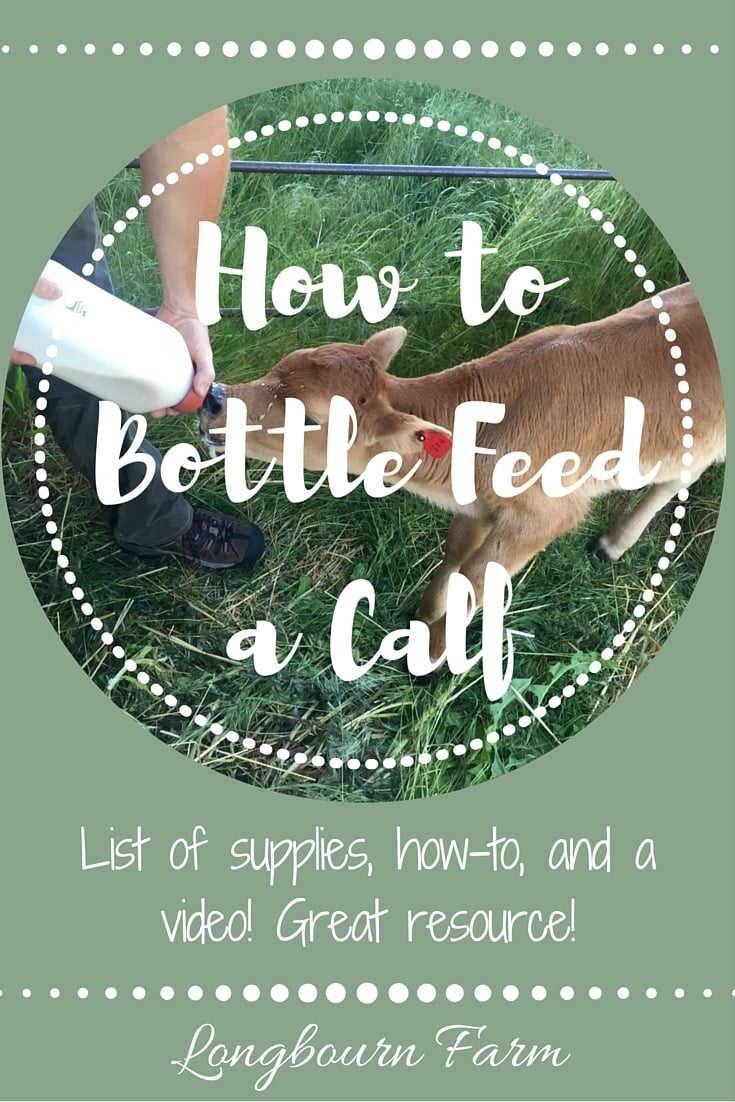
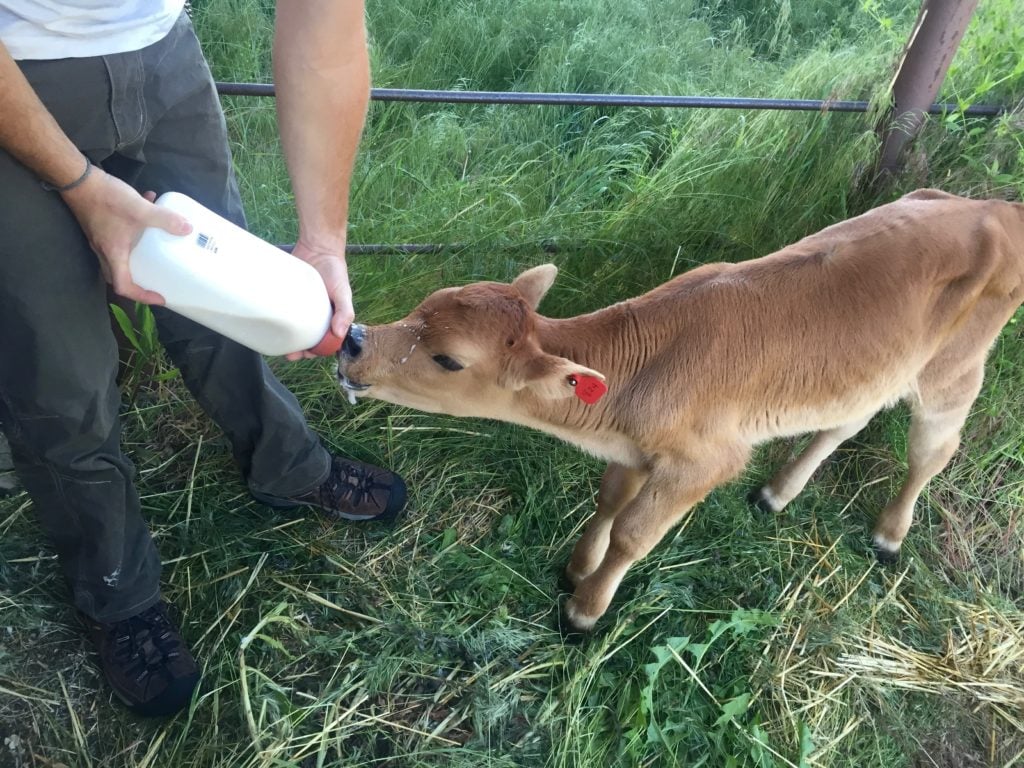
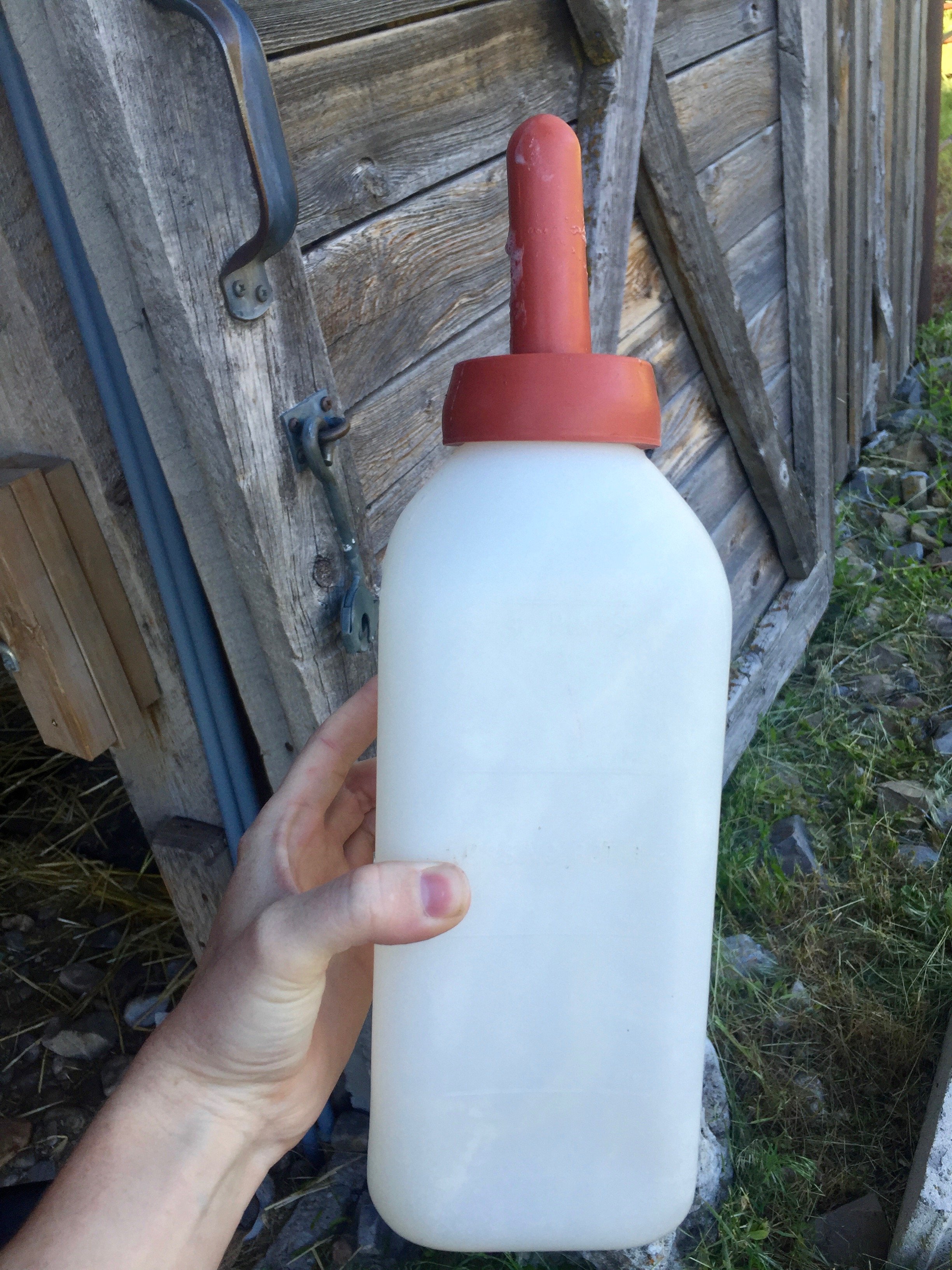
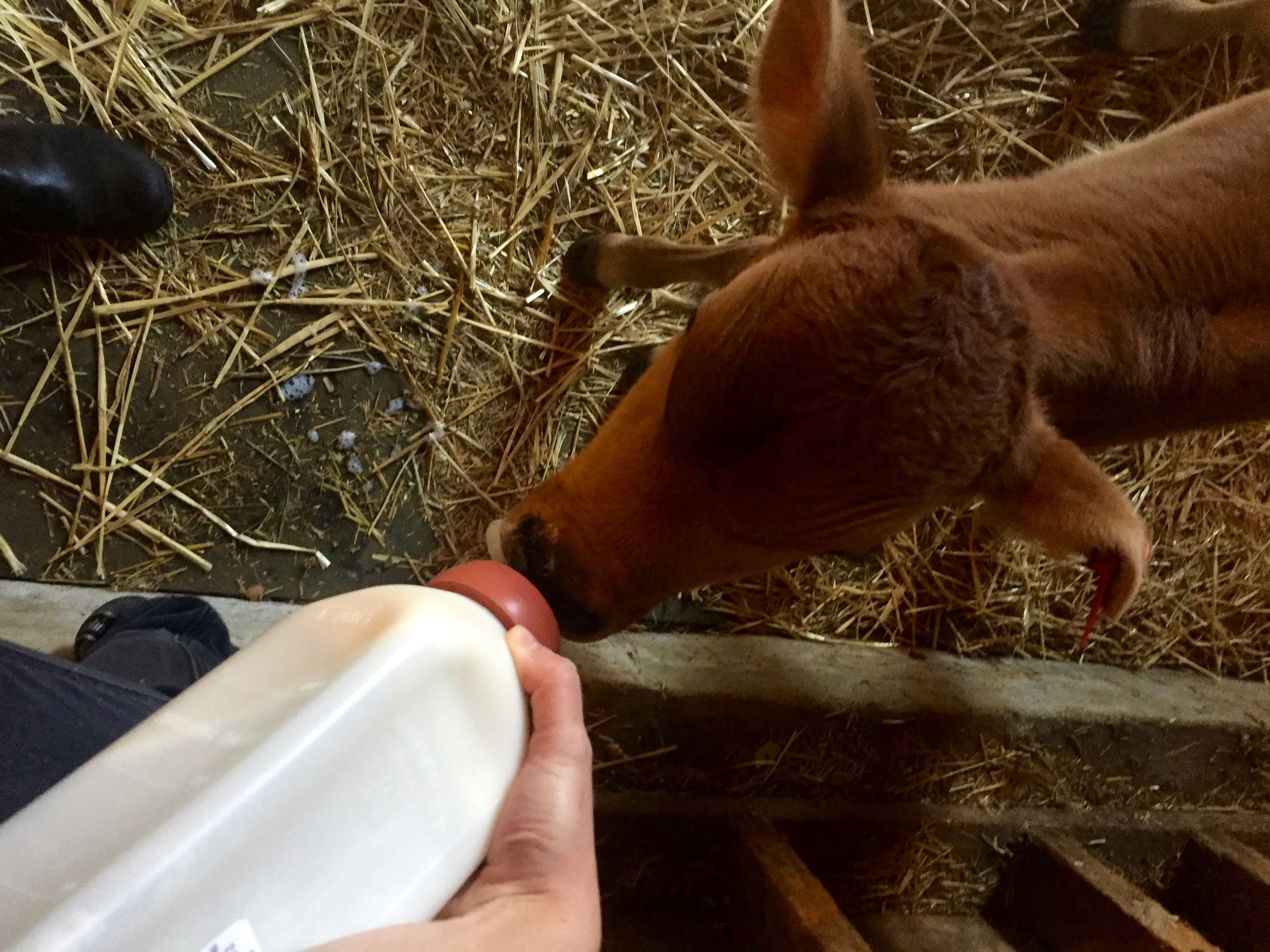

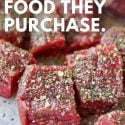
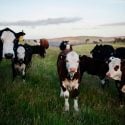
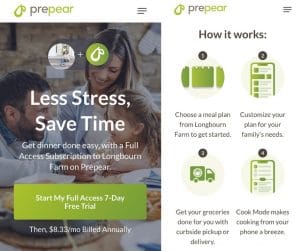

Susan Patterson says
Tractor Supply Hardware sells the bottles with the screw on tops, $6.99 last time I bought any. I like the screw on tops, too. Much easier to get on!
Alli says
Thanks for sharing that, Susan! That is great to know. Our Tractor Supply is fairly new so I’ll have to check there! They have a great animal health section.
Karen says
He is soooo cute! What did you name him?
Not that it will help now since he is bucket trained now, but a suggestion for the future… On the base of the nipple, there is a super small hole. If you make that hole bigger, the milk will flow a lot better because there will be better air flow and the bottle won’t collapse like it is in the picture of you holding it against your knee. Since the milk will be flowing better, the calf won’t head butt the bottle as much and feedings won’t take so long 🙂
Also, you may have done this already, but when you buy the nipple, the slit on top it usually too small, too, so you can make that slightly bigger to help as well.
Alli says
He is cute, huh?! The Jersey’s are always so adorable. My husband usually ends up naming the steers and has {ironically} started calling him Angus. Maybe if we ever get an Angus steer he will call him jersey…ha! Thanks for the suggestions! I will look at our bottle nipples and see if I can make the hole bigger for next time, I’d just stop every few minutes and let the air out but that was definitely annoying for me and the calf. It was a good motivator for getting the hang of the bucket 🙂